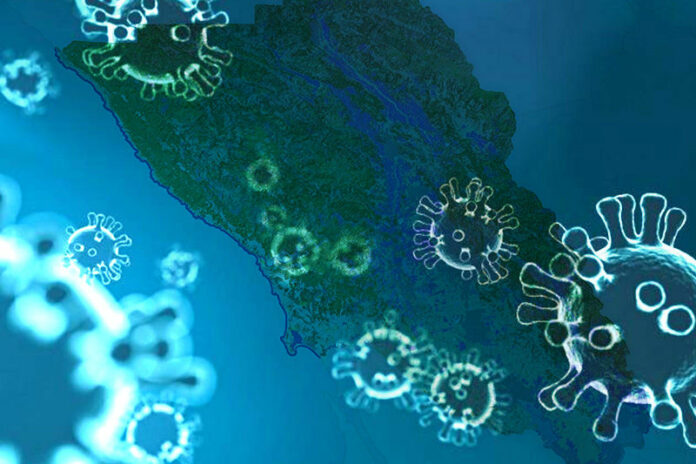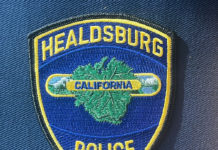On Nov. 11, the County of Sonoma submitted a request for tier adjudication with the state of California, adding thousands of COVID-19 tests from commercial labs that had not been entered electronically into the state’s tracking system with the hope that the tests would lower the county’s case rate and test positivity rate and would allow the county to move tiers.
While these thousands of test results were accepted by the state, this will not change the county’s purple tier status due to Gov. Gavin Newsom’s “emergency brake” on tier movement in response to a statewide surge in cases.
“It was our belief that adding these tests would lower both our case rate and our testing positivity metrics. We found out late yesterday that the state accepted our request to include results that didn’t get through electronically to our total testing count for the week of Nov. 10,” said Sonoma County Health Officer Dr. Sundari Mase during a Nov. 20 virus briefing. “This is a good sign going forward, however, due to the high rates of COVID-19 throughout California and Gov. Newsom’s pulling of the emergency brake on tier movement, this will not change our current status and we will not be moving from the purple tier.”
Mase said the county’s transmission rates are still considered widespread and in the purple.
The purple tier of the state’s Blueprint for a Safer Economy is the most stringent tier in the monitoring system and comes with the most business restrictions.
“While we share our community’s frustration in not moving out of the purple tier, we are pleased that the state has agreed to our request to now include manually transmitted test results in our testing totals. This will help bring down our numbers and move us down the tiers towards a full reopening after we get through the latest surge that is threatening the entire nation and our state at this time,” Mase explained.
Mase said COVID-19 is now spreading throughout California at a pace we haven’t seen since the start of the pandemic .
“The coming weeks will be critical to slow the spread,” she said.
She said the governor’s increased restrictions on activities including the latest 10 p.m. to 5 a.m. curfew set to go into effect Nov. 21 to Dec. 21, are intended to help stop the surge.
“California flattened the curve once and we can do it again,” Mase said.
According to Mase, gatherings have led to a good portion of cases in Sonoma County and throughout the state. She said the late night curfew may also be helpful in limiting the time in which transmission can occur.
“The thought is that having a curfew from 10 p.m. to 5 a.m. limits the time that the transmission can occur because people are not out and about and probably also limits the high-risk activities that are happening, whether it would be people who are gathering, whether it be other social events, or whether bars are being places of transmission. I think that is what the governor’s order is intending,” Mase said.
According to county data, 5% to 14% of COVID-19 cases in the county are due to gatherings.
Mase said she believes the figure is probably an underestimation since often people don’t want to divulge that they’ve attended a gathering or they may not have clear information.
The county’s rate of new daily cases per 100,000 is now 15 and the testing positivity rate is at 4.3%.
Mase said since there was no forward movement, the California Department of Public Health did not use its health equity metric for this week’s tier assignment.









